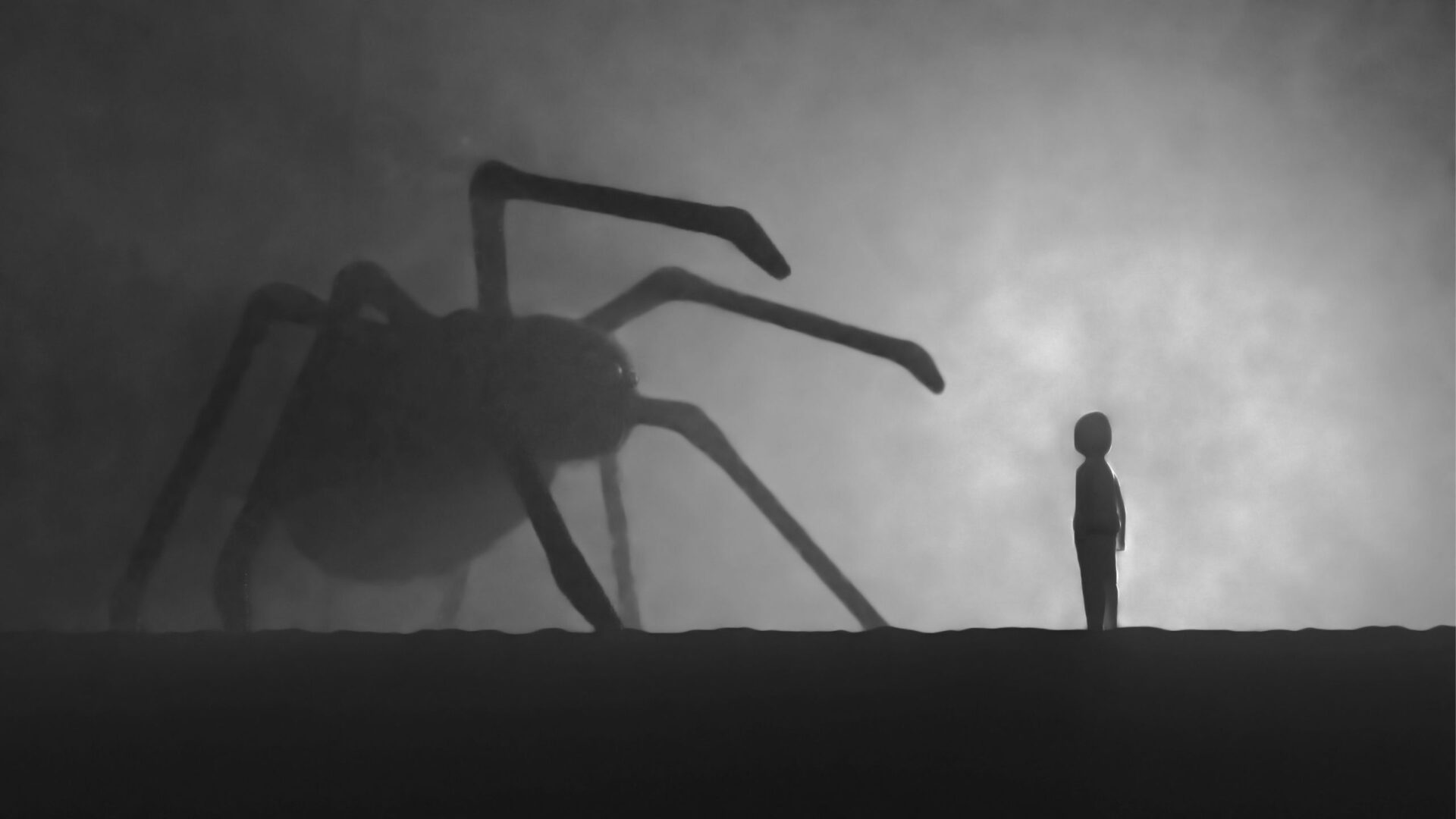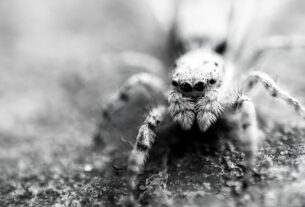Arachnophobia, the persistent and irrational fear of spiders, is one of the most prevalent specific phobias that afflicts individuals worldwide. While some may dismiss it as a trivial fear, for those who suffer from extreme forms of arachnophobia, it can evoke intense anxiety and panic. The etiology of this fear often finds its roots in early childhood experiences, where seemingly innocuous encounters with spiders can leave a lasting imprint on the human psyche.
The genesis of arachnophobia can be traced back to evolutionary adaptations and survival instincts. Throughout human history, venomous spiders have posed genuine threats to our ancestors, and the fear of these creatures may have offered a survival advantage by encouraging caution and avoidance. Over time, this fear became ingrained in our collective psyche, shaping our responses to spiders.
However, the intensity of arachnophobia can often be attributed to traumatic or distressing experiences during childhood. These early encounters with spiders, whether real or imaginary, can leave a profound impact on the developing mind. The mind’s vulnerability during childhood renders it more susceptible to forming strong associations between stimuli and emotions, leading to deeply ingrained phobias that persist into adulthood.
One such example is the case of Claire, a young girl who developed arachnophobia after a traumatic experience involving a spider when she was only five years old. While playing in the backyard, a spider unexpectedly crawled onto her hand, sending her into a state of panic and fear. This incident left an indelible mark on her psyche, and from that moment on, the sight of a spider triggered overwhelming anxiety. As she grew older, her fear intensified, and she became increasingly avoidant of places where spiders might be present, such as gardens, basements, or attics.
Past documented cases reveal the extreme manifestations of arachnophobia. Some individuals display paralyzing fear even at the mere sight of a spider image or the mention of the word “spider.” Others report experiencing heart palpitations, trembling, and sweating when confronted with spiders. In severe cases, the fear can be so debilitating that it interferes with daily life, leading to avoidance behaviors and an impairment of social and occupational functioning.
One such extreme case is John, a successful entrepreneur who had a paralyzing fear of spiders. This fear took such a toll on his life that he would refuse to enter certain rooms or even buildings if he suspected there might be a spider inside. On one occasion, his arachnophobia prevented him from attending a crucial business meeting held in an old building where spiders were occasionally spotted. The fear of encountering a spider in that setting was so overwhelming that he preferred to forfeit the opportunity rather than face his phobia.
The dark aspect of human nature emerges as we delve into the depths of arachnophobia. The irrational nature of this fear highlights the complexities of the human mind, where seemingly insignificant experiences during childhood can shape deeply ingrained fears. It serves as a reminder of the vulnerability of the human psyche, and how childhood traumas can cast long shadows on our lives.
Addressing arachnophobia often involves exposure-based therapies, where individuals are gradually exposed to spiders in a controlled and safe environment. Through repeated exposures, the irrational fear can be replaced with more rational thoughts and reactions. Cognitive-behavioral techniques help individuals challenge and restructure their negative thought patterns related to spiders, leading to a reduction in anxiety and fear.
In conclusion, arachnophobia offers a captivating insight into the human mind and its vulnerabilities. Rooted in evolutionary adaptations and early childhood experiences, this irrational fear has the power to evoke extreme manifestations of anxiety and panic. The study of arachnophobia reveals the intricate interplay between nature and nurture, as well as the remarkable plasticity of the human mind.
Arachnophobia can paralyze normal life, as individuals avoid certain places, situations, or activities due to the fear of encountering spiders. The constant preoccupation with avoiding spiders can lead to significant disruptions in social, occupational, and personal life. Individuals may experience a sense of helplessness and loss of control, impacting their self-esteem and overall well-being.
The fear of spiders may extend to a fear of other insects or even to broader anxieties about the unpredictable and uncontrollable aspects of life. Arachnophobia can trigger a cascade of physiological responses, such as increased heart rate, shortness of breath, and trembling, which further reinforce the fear.
By examining the multifaceted nature of arachnophobia, we come to recognize the intricate tapestry of human fears and anxieties. It serves as a reminder that our deepest fears often originate from the darkest corners of our childhood memories, reminding us of the fragility of the human soul and the intricate web of emotions that shape our lives.
Through understanding and confronting these fears, we can navigate the labyrinth of the mind and emerge into the light of rationality and self-empowerment. The journey of overcoming arachnophobia is a testament to the resilience of the human spirit and the transformative power of confronting our deepest fears. By shedding light on the dark recesses of our minds, we can embrace our vulnerabilities and find the courage to face our fears, thus liberating ourselves from the entanglements of irrational phobias. Ultimately, this journey leads us toward a deeper understanding of ourselves and the intrinsic connection between our fears and the complexity of the human soul.



